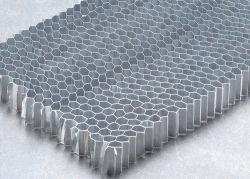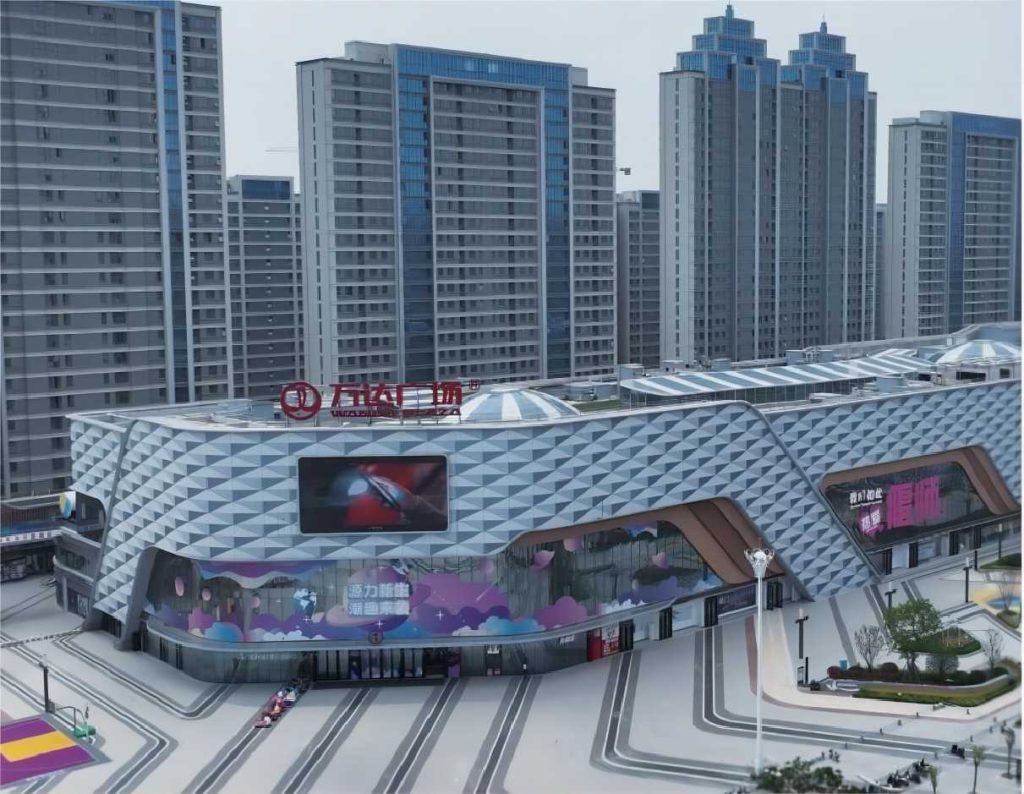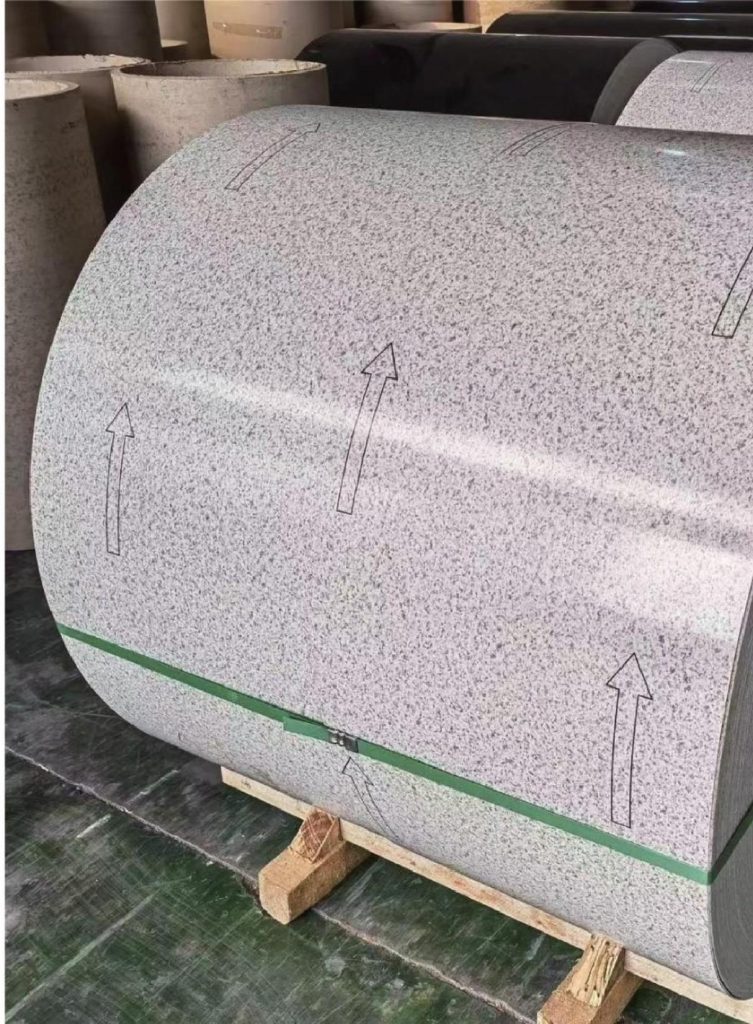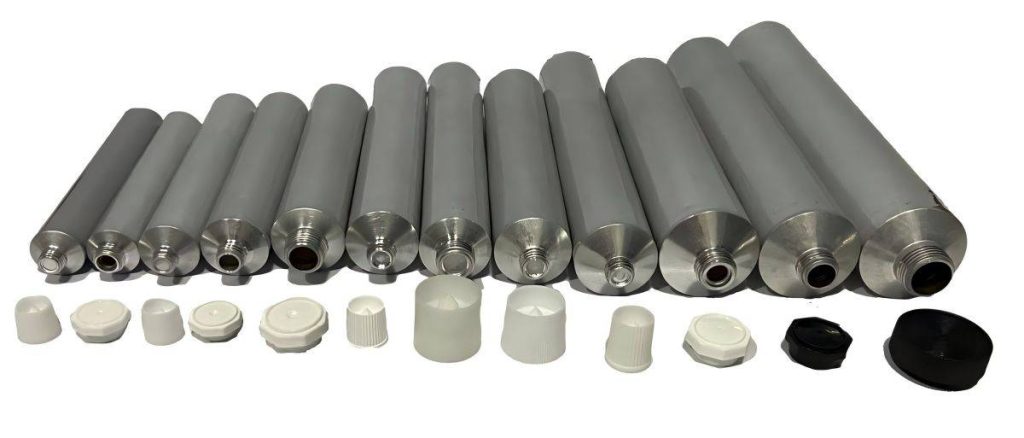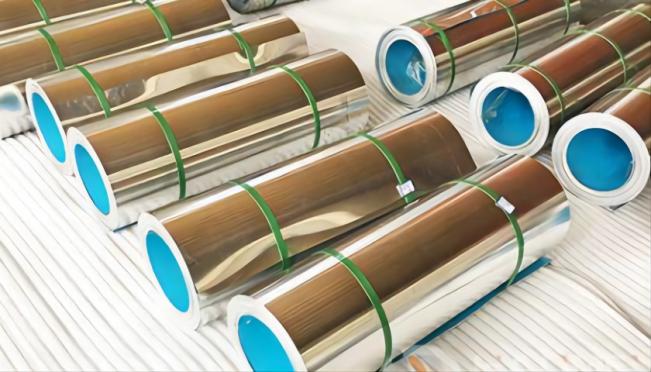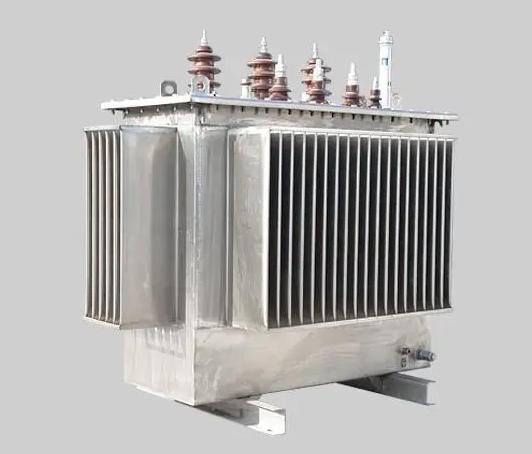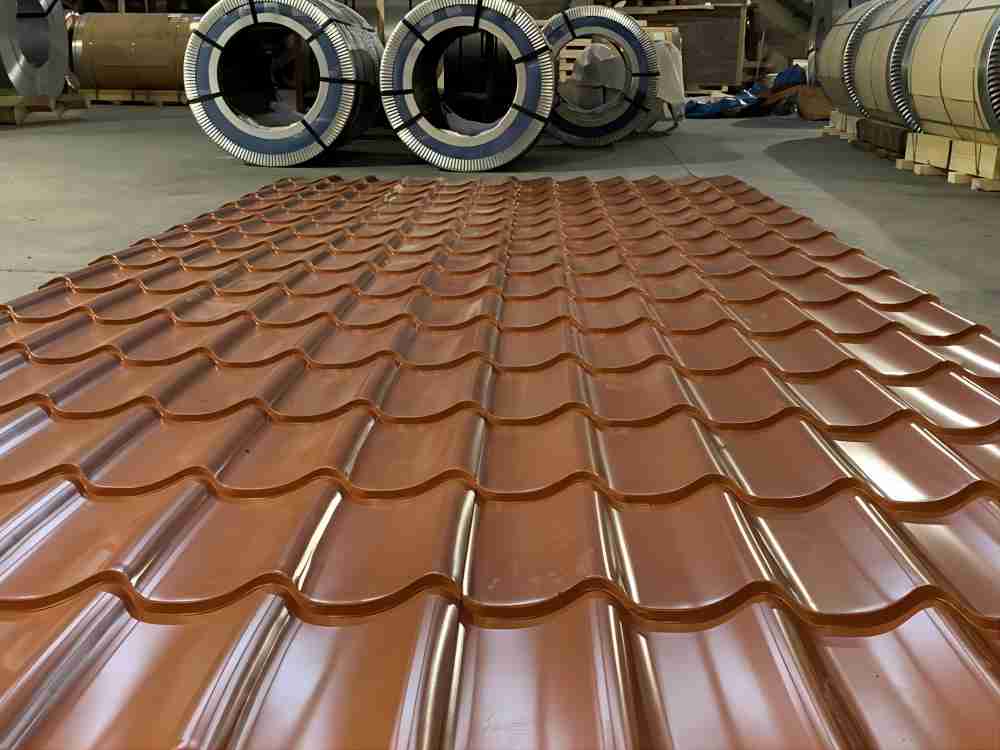Aluminum honeycomb panels have become a popular choice in modern construction due to their unique combination of properties. They are lightweight yet remarkably strong, offering excellent sound and thermal insulation. This article delves into the world of aluminum honeycomb panels, exploring their definition, characteristics, advantages, noise reduction capabilities, and various applications. We will also discuss factors to consider when selecting aluminum honeycomb panels and provide some guidance on finding reputable suppliers.
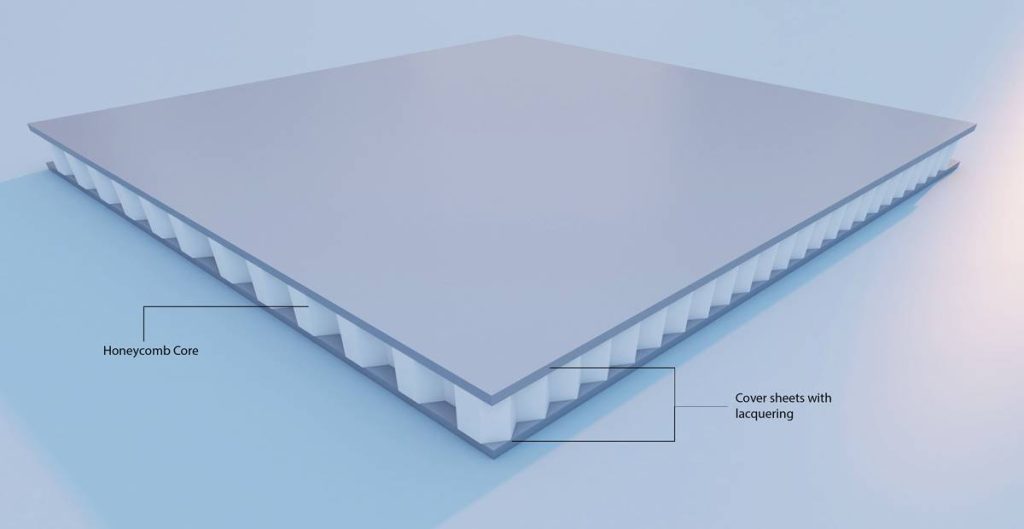
Definition and Characteristics of Aluminum Honeycomb Panels
An aluminum honeycomb panel is a composite material manufactured by bonding two thin aluminum sheets to a central aluminum honeycomb core using high-temperature and high-pressure processes. The honeycomb core, the defining feature of this panel, consists of a network of hexagonal cells typically made from aluminum foil. This core structure provides the panel with its exceptional strength-to-weight ratio.
The type of aluminum panel typically uses high-quality alloys such as 3003 H24 or 5052A H14, with thicknesses ranging from 0.8mm to 1.5mm for the top panel and 0.6mm to 1.0mm for the bottom panel. The total thickness of the panel can reach up to 25mm.
Here’s a breakdown of the key characteristics of aluminum honeycomb panels:
- Lightweight: Due to the honeycomb core, these panels boast a significantly lower weight compared to solid aluminum panels of the same thickness. This lightweight property makes them ideal for applications where weight reduction is crucial, such as building facades, ceilings, and transportation elements.
- High Strength: Despite their lightweight nature, aluminum honeycomb panels offer exceptional rigidity and bending resistance. The honeycomb core effectively distributes stress throughout the panel, enhancing its overall strength.
- Excellent Sound Insulation: The honeycomb structure disrupts sound waves traveling through the panel, effectively dampening noise. This property makes aluminum honeycomb panels a valuable material for soundproofing walls, ceilings, and partitions in buildings.
- Thermal Insulation: The air trapped within the honeycomb core acts as a natural thermal insulator, minimizing heat transfer. This feature contributes to energy efficiency in buildings by reducing heating and cooling demands.
- Corrosion Resistance: Aluminum is a naturally corrosion-resistant material. Additionally, some manufacturers offer aluminum honeycomb panels with special surface treatments or coatings that further enhance their resistance to corrosion and environmental factors.
- Fire Resistance: Aluminum honeycomb panels typically meet fire safety regulations for building materials. However, it’s important to consult with the manufacturer and choose panels with appropriate fire ratings for the specific application.
- Environmentally Friendly: Aluminum honeycomb panels are 100% recyclable at the end of their lifespan, making them an eco-friendly building material choice.
- Versatility: These panels are available in various sizes, thicknesses, and surface finishes, allowing for customization to suit different architectural and design requirements.
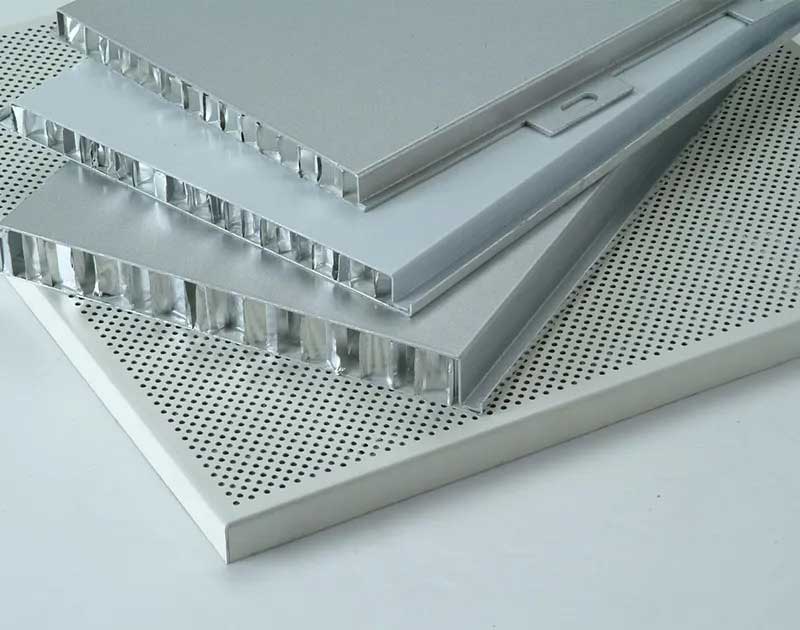
Noise Reduction Principle of Aluminum Honeycomb Panels
Sound insulation is a crucial property of aluminum honeycomb panels, particularly in environments where noise reduction is essential. The honeycomb structure plays a significant role in isolating noise:
- Honeycomb Structure Disrupts Sound Waves: The honeycomb core acts as a labyrinth for sound waves. As sound waves travel through the panel, they encounter numerous air pockets and are forced to change direction constantly. This disruption weakens the sound waves, resulting in reduced noise transmission.
- Sound Wave Absorption: The air pockets within the honeycomb core absorb sound wave energy, lowering noise levels inside buildings.
- Reduction of Noise Reflection: The structure minimizes noise reflection, creating a quieter indoor environment.
- Prevention of Air Movement: The sealed honeycomb cells restrict air movement, further enhancing sound insulation.
Sound Absorption Properties of Aluminum Honeycomb Panels
Aluminum honeycomb panels not only insulate against external noise but also absorb internal sound, improving the acoustic environment:
- External Noise Isolation: The panels block external noise from entering, providing a quieter indoor space.
- Internal Sound Absorption: The honeycomb structure absorbs internal sounds, reducing echo and reverberation within a room.
- Improvement of Acoustic Environment: By minimizing both external noise penetration and internal sound reflection, aluminum honeycomb panels create a more comfortable and acoustically balanced environment.
- Perforated Aluminum Honeycomb Panels: For environments requiring enhanced sound absorption, perforated aluminum honeycomb panels are used. The perforations increase the panel’s ability to absorb sound, making them ideal for concert halls, cinemas, and other spaces where sound quality is paramount.
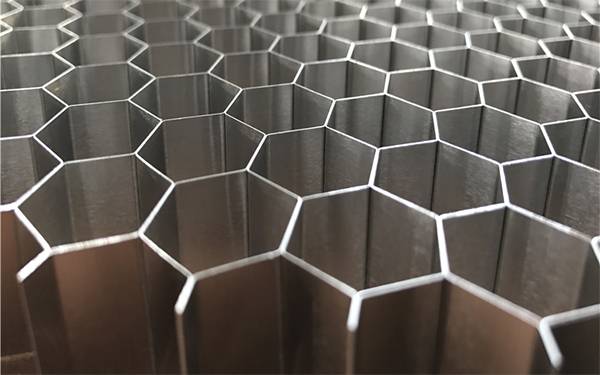
Relationship Between Noise Reduction Effect and Thickness of Aluminum Honeycomb Panels
The thickness of an aluminum honeycomb panel plays a crucial role in its noise reduction performance. Generally, thicker panels offer better sound insulation. This is because a thicker panel provides a longer path for sound waves to travel through, encountering more disruptions and air pockets within the honeycomb core.
Here’s a breakdown of the relationship between thickness and noise reduction:
- Increased Thickness, Increased Noise Reduction: As the thickness of the panel increases, the sound insulation value (measured in decibels, dB) also increases. This means thicker panels can block more noise effectively.
- Research on Thickness and Noise Reduction: Studies have shown that a standard 24-centimeter brick wall offers a sound insulation value of around 40 dB. In comparison, lightweight aluminum honeycomb panels with a face density of 20 kilograms per square meter can achieve an average sound insulation value of 30 dB.
It’s important to note that the noise reduction performance of aluminum honeycomb panels depends not only on thickness but also on other factors such as the specific honeycomb cell size, core density, and panel composition. Consulting with an aluminum honeycomb panel supplier or a qualified acoustical engineer can help determine the optimal thickness for your specific noise reduction requirements.
Application Fields of Aluminum Honeycomb Panels
1. Building Industry
- Exterior Walls: Aluminum honeycomb panels are a lightweight and aesthetically pleasing option for building facades, offering excellent insulation and reducing the overall weight of the structure.
- Ceilings: These panels can be used for suspended ceilings in commercial buildings, offering soundproofing benefits and contributing to a modern and clean aesthetic.
- Partitions: They are ideal for creating lightweight yet sturdy partitions in offices, schools, and other settings where sound control is desirable.
- Advertising Signs: The rigidity and lightweight nature of aluminum honeycomb panels make them suitable for large-scale, durable outdoor advertising signs.
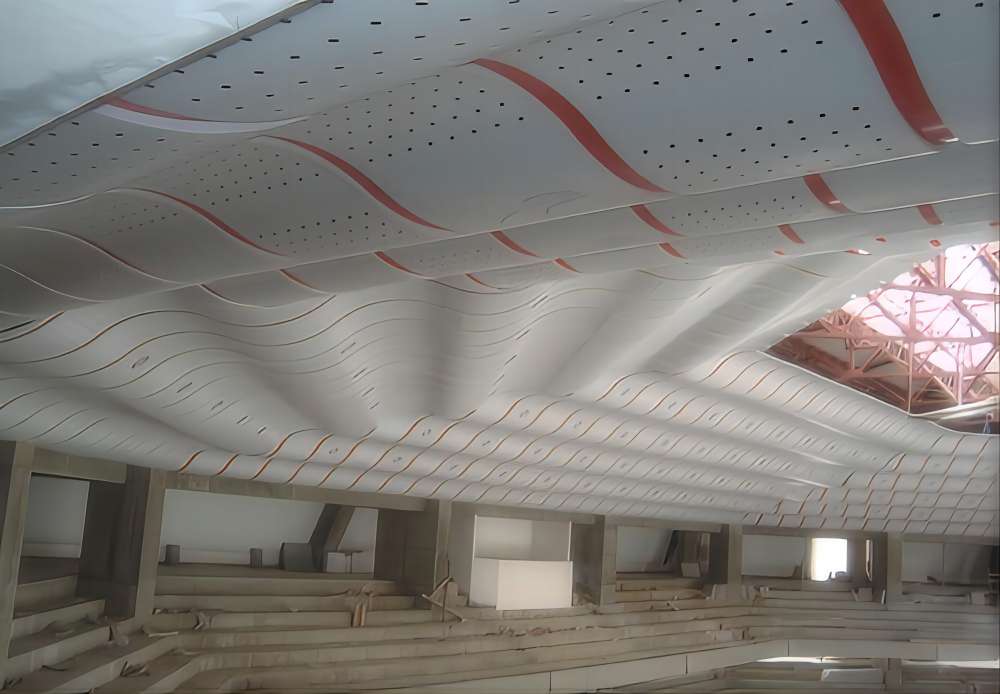
2. Aerospace Industry
- Structural Components: In aircraft, honeycomb panels can be used for lightweight yet strong structural components, such as floor panels and bulkheads, helping to reduce overall aircraft weight and improve fuel efficiency.
- Interior Materials: Due to their soundproofing properties, honeycomb panels can be used for aircraft cabin walls and ceilings, enhancing passenger comfort by reducing noise levels.
- Thermal Insulation: The thermal insulation capabilities of these panels make them suitable for various applications within aircraft, helping to regulate cabin temperature.
- Acoustic Materials: Honeycomb panels can be incorporated into aircraft engine cowlings and other noise-generating components to dampen sound and reduce noise pollution.
3. Transportation Industry
- Interior Components: In trains, buses, and other vehicles, honeycomb panels are used for interior walls, ceilings, and luggage racks, offering weight reduction and soundproofing benefits.
- Roof Racks: The lightweight and sturdy properties make them ideal for roof rack applications on vehicles, allowing for additional cargo storage without adding excessive weight.
- Ceiling Panels: Honeycomb panels can be used for ceilings in train cars and buses, contributing to a more comfortable passenger experience by reducing noise and improving thermal insulation.
4. Electronic Equipment
- Equipment Enclosures: The ability to dissipate heat makes honeycomb panels suitable for enclosures of electronic equipment, helping to regulate internal temperature and prevent overheating.
- Heat Sinks: Honeycomb panels can be used as heat sinks due to their efficient heat dissipation properties, ensuring optimal operating temperatures for electronic components.
5. Other Applications
- Commercial Buildings: Aluminum honeycomb panels are used for cladding and decorative elements in office buildings, shopping malls, and other commercial structures.
- Public Buildings: These panels can be found in airports, train stations, hospitals, and other public buildings for applications such as interior partitions, wall cladding, and suspended ceilings.
- High-End Architecture: Due to their versatility and aesthetic appeal, honeycomb panels are used in modern architectural designs for facades, cladding, and various decorative elements.
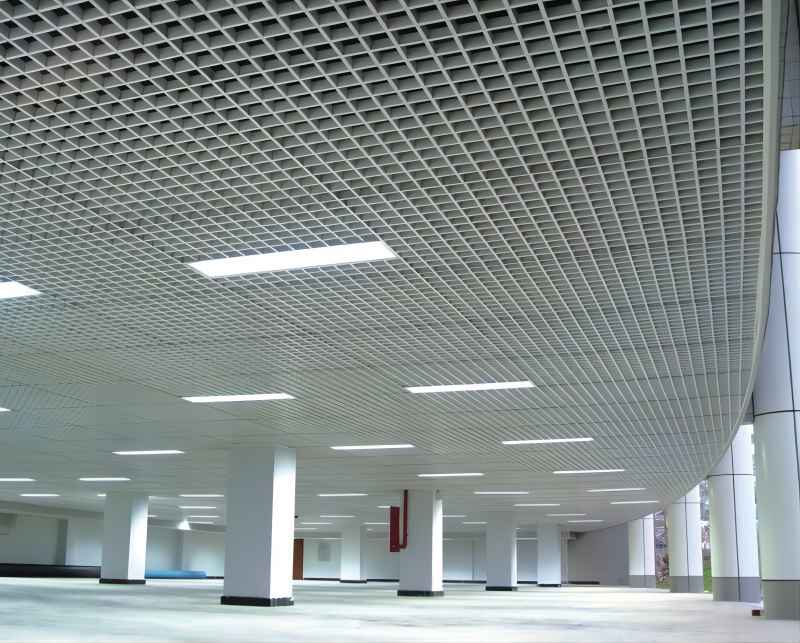
Conclusion
Aluminum honeycomb panels offer a combination of lightweight construction, high strength, corrosion resistance, and excellent thermal and sound insulation properties. Their unique honeycomb structure makes them ideal for a wide range of applications, from building facades to aerospace components. Understanding the properties, benefits, and selection criteria for these panels allows you to make informed decisions, ensuring the best outcomes for your projects. Whether you are looking for aluminum honeycomb panels for building applications, transportation, or electronics, choosing the right supplier and product specifications is crucial to achieving the desired performance and longevity.
For those in search of a reliable aluminum honeycomb panel supplier, CHAL stands out as a top choice. With a commitment to quality and innovation, CHAL offers a wide range of aluminum honeycomb panels at competitive prices, ensuring you get the best value for your investment. Their expertise and dedication to customer satisfaction make them a preferred supplier in the industry.


